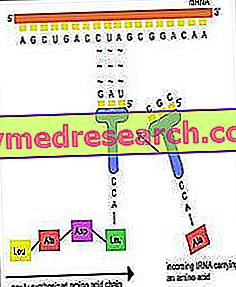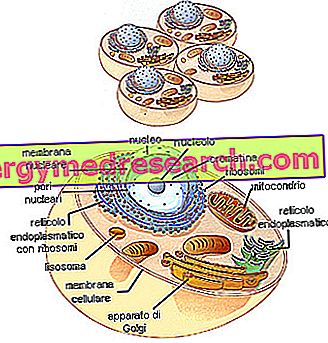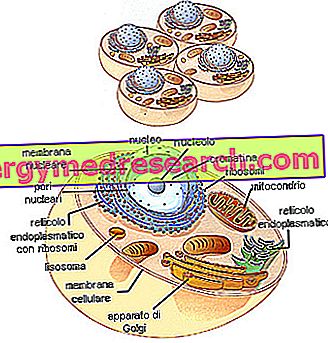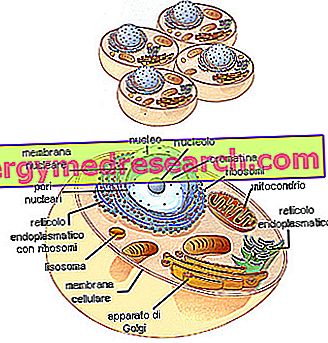- introduction - The cell, together with the nucleus, is the fundamental unit of life and living systems grow by cellular multiplication; it was the basis of every living organism, both animal and vegetable. The organism, based on the number of cells of which it is composed, can be monocellular (bacterium, protozoa, amoebae, etc
Category biology
For there to be a correspondence between the information of the polynucleotide and that of the polypeptide, there is a code: the genetic code. The general characteristics of the genetic code can be listed as follows: The genetic code is composed of triplets, and is devoid of internal punctuation (Crick & Brenner, )
Importance of Meiosis Within a multicellular organism it is necessary that all cells (not to recognize each other as foreign) have the same hereditary heritage. This is achieved by mitosis, dividing the chromosomes between the daughter cells, in which the equality of genetic information is ensured by the DNA reduplication mechanism, in a cellular continuity that goes from the zygote to the last cells of the body, in what it is called the somatic line of cellular generations
THE LYSOSOMAS The lysosomes are vesicles of about one micron in diameter, filled with lytic enzymes for various organic substances (lysozyme, ribonuclease, protease, etc.) Lysosomes have the function of isolating these enzymes from the rest of the cell, which would otherwise be attacked and demolished
- introduction - The cell, together with the nucleus, is the fundamental unit of life and living systems grow by cellular multiplication; it was the basis of every living organism, both animal and vegetable. The organism, based on the number of cells of which it is composed, can be monocellular (bacterium, protozoa, amoebae, etc
Cell movement The ability of cells to move in a liquid or aeriform environment occurs through direct or indirect movement. The indirect movement is entirely passive, by means of the wind (it is the case of pollen), by means of water, or with the circulatory stream. A special type of indirect motion is the Brownian movement, which is performed with the collision of cells with colloidal molecules contained in a medium; this type of movement is very irregular (zigzag)
Mendel, Gregor - Bohemian naturalist (Heinzendorf, Silesia, 1822-Brno, Moravia, 1884). Having become an Augustinian friar, he entered the Brno convent in 1843; later he completed his scientific studies at the University of Vienna. From 1854 he taught physics and natural sciences in Brno. Between 1857 and 1868 he devoted himself in the convent garden to long practical experiments on pea hybridization
The type structure of the cell membrane consists of a phospholipid double layer between two protein layers located at the level of the separation surfaces between the internal and external phases of the cell. The lipid layer is bimolecular, with the polar groups facing the protein layer, while the apolar groups are facing with an isolation function
This term indicates the continuous processes, both chemical and physical, to which the protoplasm is subject and which give rise to the continuous exchange of energy and substances between the external environment and the cell itself. It stands out: a) cellular anabolism, in which all the processes by which the cell is enriched with substances vital to it and stores complex chemical molecules fundamental for its evolution and for its trophism are included; b) cellular catabolism, which means all the destructive processes that the previously stored chemical molecules face; destruction that leads
They have a predominantly tubular or ovoid shape. They are delimited by an external membrane similar to the cellular one; inside, separated by a space of about 60-80 A, there is a second membrane introflected in ridges, circumscribing a space occupied by the mitochondrial matrix. The inner membrane has a type of particles called elementary particles, on which the respiration enzymes are arranged in order (oxidative phosphorylation takes place in the mitochondria)
Mitosis is conventionally divided into four periods, called prophase, metaphase, anaphase and telophase respectively. They are followed by the division into two daughter cells, called cytodieresis. Prophase In the nucleus, colorable filaments are seen to gradually emerge, still elongated and wrapped in a ball







